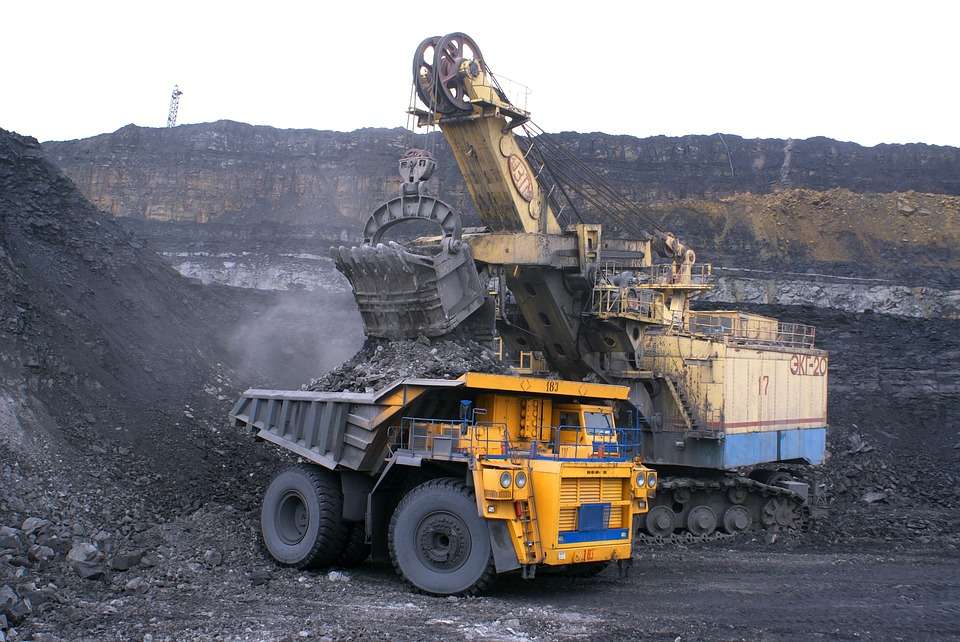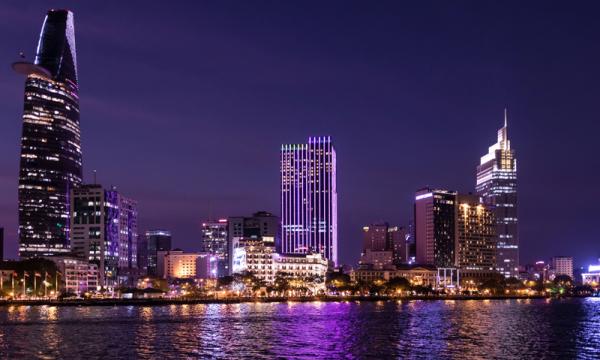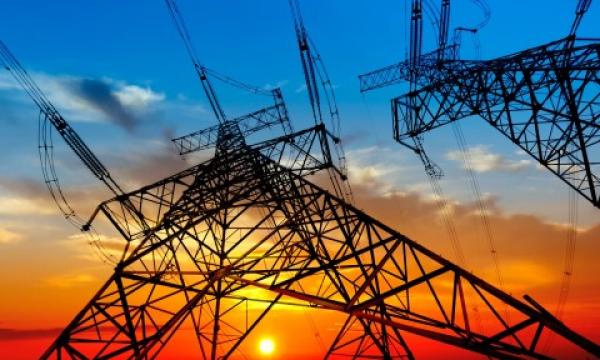An ambitious project to link Southeast Asia with a network of natural gas pipelines is losing relevance to a much faster build-out of LNG import terminals as the region leans increasingly towards seaborne supplies.
The Trans-ASEAN Gas Pipeline was first conceived in the 1980s to boost the region’s energy security using Southeast Asia’s own prolific gas reserves, but was slow to progress like most politically driven large-scale energy projects.
In 2012, the “strategic direction” of the “pipeline” project was expanded to include LNG with the advent of seaborne gas. The decline in regional gas production, failure to build pipelines connecting more than two countries and the growth of the LNG market has made the original idea of a regional gas pipeline doubtful.
“Quite apart from the inherent challenges that all large-scale multilateral cross-border infrastructure projects face, the TAGP now faces a more basic question of relevance,” Tilak Doshi, managing consultant at Muse, Stancil & Co, said.
He said the prospects of an actual pipeline that cuts through Southeast Asia is subject to supply and demand fundamentals of a gas market that have changed profoundly since the project was first conceived.
The TAGP was already over-ambitious when it was first mooted among ASEAN planners and diplomats, and now seems threatened by redundancy due to fast-paced developments in the natural gas industry.
Moreover, pipeline projects between countries need political platforms like ASEAN, but commercially viable LNG projects do not.
NO GAS FOR GAS PIPELINES
One of the cornerstones for the TAGP pipeline project was the giant Natuna D Alpha gas field in East Natuna Basin in Indonesia, which holds around 42 trillion cubic feet of methane, according to the US Geological Survey.
The development of East Natuna, one of the world’s largest gas reserves, has struggled due to territorial disputes in the South China Sea, high exploration costs, technical issues and the departure of oil majors like ExxonMobil.
Oil industry executives have joked that East Natuna should be called a carbon dioxide reserve instead as it contains more CO2 than natural gas. CO2-heavy fields are expensive to develop as they need advanced CO2 separation and sequestration technology to prevent the CO2 from entering the atmosphere.
Southeast Asia’s existing gas production is also depleting. The region is projected to become a net gas importer as soon as 2025, with almost one-quarter of demand imported (over 60 billion cu m) in 2040, from being a large exporter of over 50 billion cu m (including pipeline and LNG), according to the International Energy Agency.
Indonesia and Malaysia accounted for 70% of Southeast Asia’s 8.1 trillion cu m of proven reserves and two-thirds of its 220 billion cu m of production in 2016, according to the International Energy Agency. But both are in decline, and are themselves mulling higher LNG imports.
TAGP’s progress isn’t just held back by gas shortages. Till date, Southeast Asia has only succeeded in building bilateral gas pipelines that run between two countries–one buyer and one seller. As of 2015, the region had 13 bilateral gas pipeline projects with a total length of 3,673 km commissioned.
Any negotiations involving a third country typically needs much more cooperation that extends to the creation of a market, beyond just buyer-seller relationships. It is also politically more challenging.
Here’s a list of Southeast Asia’s gas pipelines
**Singapore – Malaysia, 5 km, 1991
**Myanmar – Thailand 470 km, 1999
**Myanmar – Thailand 340 km, 2000
**West Natuna, Indonesia -Singapore, 660 km, 2001
**West Natuna, Indonesia – Duyong, Malaysia, 100 km, 2001
**Malaysia/Vietnam Commercial Arrangement Area (CAA) -Malaysia, 270 km, 2002
**South Sumatra, Indonesia -Singapore, 470 km, 2003
**Malaysia/Vietnam CAA – Vietnam, 330 km, 2007
**Malaysia – Thailand/Malaysia Joint Development Area (JDA), 270 km, 2005
**Singapore – Malaysia, 4 km, 2006
**Thailand/Malaysia JDA -Thailand, 100 km, 2009
**Zawtika Block M9, Myanmar -Thailand, 302 km, 2013
**Block 17 (Thailand/Malaysia JDA) to Kerteh, Terengganu, Malaysia, 352 km, 2015
LNG AKA VIRTUAL PIPELINE
Last week, Paramate Hoisungwan, chairman of the ASEAN Council on Petroleum’s Policy Research and Capability Building Taskforce, said TAGP now views regasification terminals as virtual pipelines to supplement pipeline gas supply.
Southeast Asia currently has LNG import capacity of around 36.3 million mt/year, and this is expected to grow to 64.3 million mt/year with the current LNG project pipeline, the council’s data showed.
The main LNG importers currently are Thailand, Singapore, Malaysia and Indonesia, but by the middle of the next decade, Philippines, Myanmar and Vietnam will join the list. Thailand’s capacity expansion alone will total 14 million mt/year and account for half of the growth.
The private sector has also thrown its weight behind the LNG wave, even though it remains to be seen whether cost parity with pipeline gas can be achieved. Pipeline gas prices tend to be lower and less volatile than LNG.
John Ng, chief executive of Singapore LNG Corp. suggested that the growing gas ecosystem within ASEAN be underpinned by piped natural gas and to look at the greater flexibility and spare capacity of the LNG market for growth.
“The ecosystem will consist of buyers, sellers, traders, markets for small-scale LNG, LNG bunkering and perhaps even LNG trucking as well,” Ng said.










